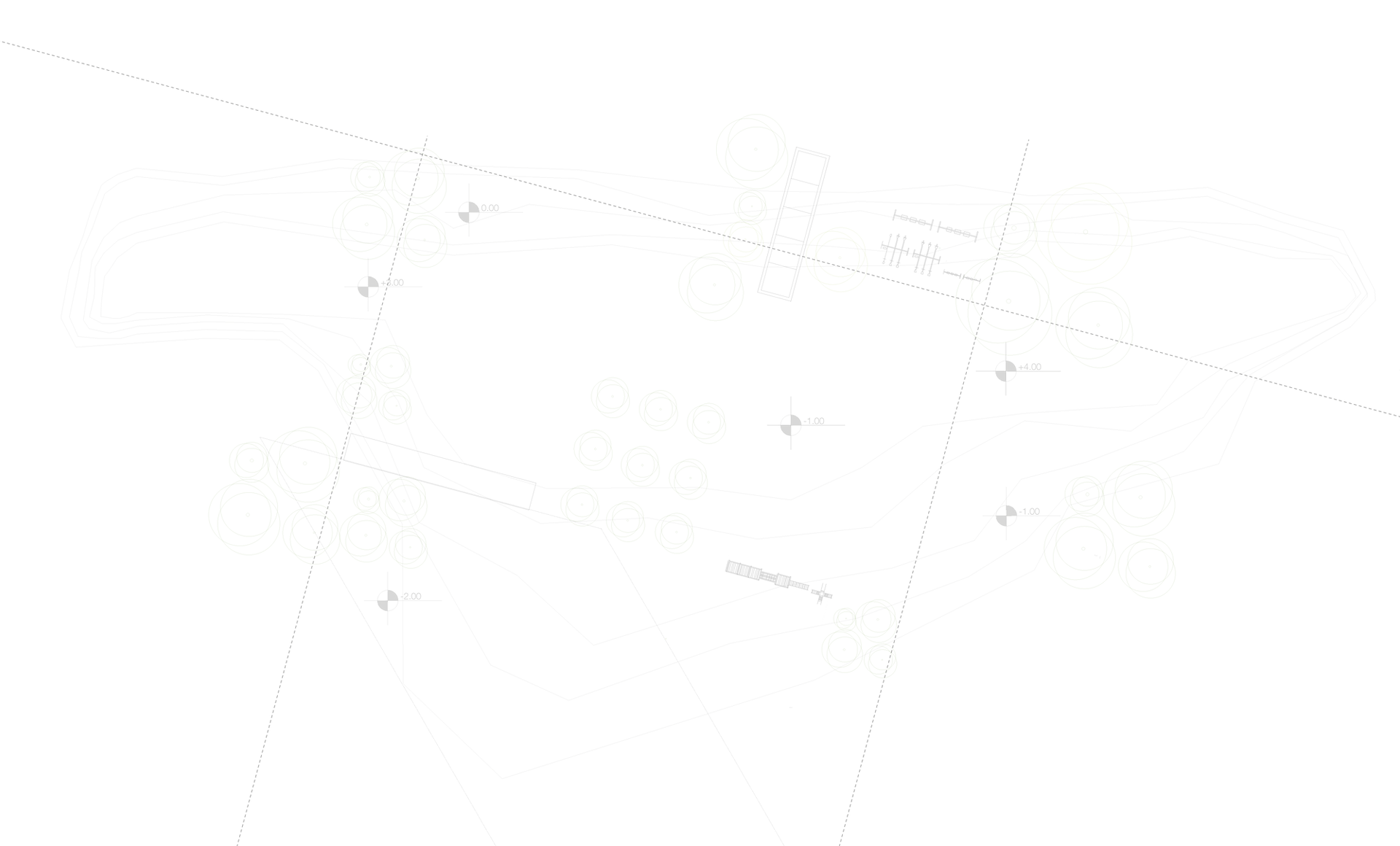The Second Client
- William Lamb

- Nov 29, 2022
- 4 min read
“Landscape architecture involves the planning, design, management, and nurturing of the built and natural environments.” ~ ASLA
With every paying client comes a second, voiceless client. This client is the local environment that you will be molding. While your job is to provide the paying client the services that you advertise, you as the designer have a responsibility to also design for the ecosystem. You must guide the original client in a way that harmonizes with the setting in which you'll be designing. They will have an idea of what they want, however it is important to offer them alternatives and solutions to boost biodiversity and sustainability.
There are numerous examples where one can see meticulous attention to the paying client as well as an intentional harmony between soft and hardscapes. With this in mind we would like to shine a spotlight on the Highline in New York City. When the space first opened to the public in 2009, this tour d'force for creating biodiversity in an urban context began setting the bar for other designs. Though the space covers 1.45 miles of what used to be elevated train tracks, it boasts over five hundred different plant and tree species within its greenway. The designers took into consideration many different factors ensuring that the flora incorporated into the plans would thrive. This meant using "low-maintenance, drought-tolerant" native plants, nearly all of which were sourced from within a 160km (100mi) radius of the Highline itself. Though the concept of low maintenance, drought tolerance may conjure an image of gravel and succulents in your mind, the Highline boasts anything but that. When walking the paths and resting on benches one is greeted with plants and flowers that bees and other pollinators are attracted to. In fact, while the Highline itself is nestled among massive urban hardscapes, it still manages to boast an ecosystem that is not merely plant dense; one can find birds and the occasional small mouse as it offers a hospitable landscape.
While the application of the Highline is indeed a marvel it does not fully represent the pool of clients a landscape architect may work with. The creation of the space had biodiversity in mind but with private projects how and where do we weigh the importance of the environment? Does the client take a backseat to biodiversity? For starters we don't want to tell a client that they come second. They deserve what they've asked for and in general you should be able to deliver on their desires while remaining faithful to the local ecosystem. With that in mind, here are just a few points to consider when designing a landscape. This is not a definitive list however they remain consistently important.
Excessive Hardscapes: Any time that you install a hard surface you are ending the preexisting life in the soil. This is not exclusive to just the plant life; one must consider that the soil that you cover feeds and shelters life in this layer which plays an essential role within the ecosystem. Even the process of paving will have an impact. (Add sentence about said impact). Everything from microorganisms to small fauna such as newts, mice, and moles will be adversely affected as hardscapes will remove potential refuge and food sources. Remember that for your garden to survive so must the local ecosystem as the relationship they have should be symbiotic and not parasitic. By excessively paving you are lowering the potential of your scape to positively contribute to the space you are designing.
The Campfire Rule: Consider this, a single spoonful of dirt contains millions of organisms who will die when you remove them from their natural environment. Why are they important? Pave over or remove the soil. As inhabitants of this planet we should do no harm where possible and minimize it at all costs when not possible. Human behavior has become extractive and feels like we have forgotten that the land was here long before us and will remain long after we have gone. This can be answered by following a simple principle: Leave the land in equal or better condition from how you found it. Now this does not imply that you must tear down houses and forego the building of pools and cabanas. It means that as you shift the earth and replant the spaces with which you have been entrusted, add features and plants that will cause the property to flourish. Without animal life to spread seeds and without the bees and other pollinators to tend to your flowers your landscapes will be extractive rather than contributory.
While the list does exemplify the bigger picture it may be helpful to put it into context. To a client a pool is a place to congregate and cool off in hot weather, it is not just a box of water. To the local ecosystem you are removing the habitat and adding in hardscapes. As this list is in no way exhaustive it should merely be a guideline on what to consider when designing for a client. We are simply stewards of this earth and have neglected our responsibilities. As gardeners we must take up that mantle once again and serve the second client. Whether you are planning a driveway or designing a golf course, remember to not include unnecessary hardscapes and leave the places in a better way than how you found it.






Comments